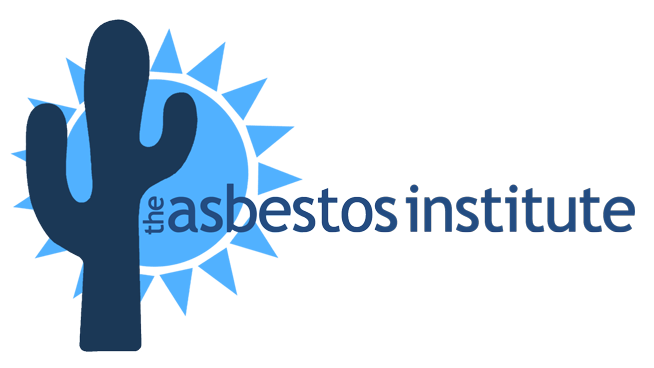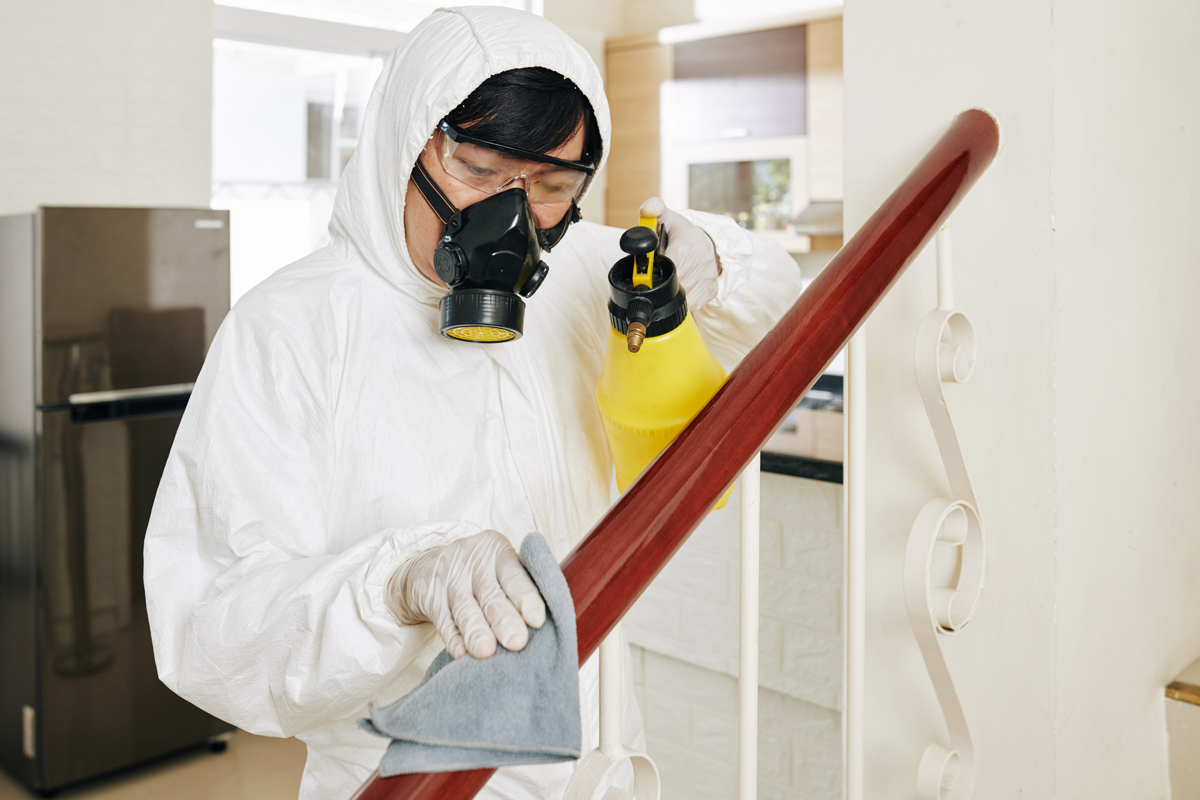Spray-on popcorn ceilings were immensely popular in the early 1950s to 1980s. Better known as “popcorn ceiling,” “stucco ceiling” and/or even called “cottage cheese ceiling,” this material was generally one to ten percent asbestos. So, it begs the question, is asbestos in popcorn ceilings safe?
Identifying Asbestos In Ceilings
There are many ways to figure out whether your popcorn ceiling has any asbestos. One way is to purchase a kit that allows you to test your ceiling or you can pay a professional asbestos removal company to visit your home.
When purchasing an asbestos kit, you will have to extract a sample of the ceiling and mail it into a lab for examination. Hiring a professional team is tremendously safer, but most likely a pricier option. If you in turn do go down the path of testing for the asbestos yourself be sure to also test the ceiling for lead paint, as that was also commonly used during the era of the popcorn ceiling.
Simply put, any percentage of asbestos in your ceiling is dangerous, so be sure that nothing disturbs it and decide whether or not you’d like to encapsulate it, or have it removed altogether.
Stucco ceiling overall is an easily damageable material. This material can even release toxic smoke at even the smallest of disturbances. Inhaling such asbestos smoke can cause serious injury and can even lead to diseases such as asbestosis, or lung cancer, and possibly mesothelioma.
It’s Not About How Much – It’s The Excess That Spreads
Whether the base level of your ceiling has one or ten percent asbestos, the same rules apply. The ceiling actually won’t damage your health if it is untouched by anything or properly quarantined away. In the long run, it is way safer to just have it professionally removed.
Tips On How To Live With Asbestos In Your Popcorn Ceiling:
- Be sure to not pester the ceiling with any objects that may damage it such as nails, and/or screws.
- Tall shelves can sometimes be an issue if they’re tall enough to scrape the ceiling, so be careful.
- Don’t bother any of the contaminated areas with any furniture or longer objects when moving in/out.
- Peeling, dampness, and even age to your popcorn ceiling may result in having to get it professionally removed or quarantined away.
How Can You Quarantine Your Asbestos Filled Popcorn Ceiling?
When It comes to quarantining your ceiling this means to not have any sort of access to the location so it doesn’t release any asbestos dust. The typical ways of solving the issue can be covering the location with new ceiling panels or you may use vinyl paint. The best decision, though, would be to hire a professional.
How Can You Remove Asbestos Popcorn Ceiling?
In most cases, it’s better to have professionals resolve the issue properly right from the jump. With this in mind if it isn’t immediately resolved, it may become more expensive down the road. It is up to you as the homeowner to do what you want with it. In the instance that you do not want to remove this, check with your local laws as some states have rules against asbestos being in multifamily homes or commercial buildings. Single-family homeowners have mostly full access to perform asbestos removal on their own, although every state/city is different.
Precautions When Removing Your Asbestos Popcorn Ceiling
- Furniture in the room is a no go.
- Turn off the ventilation system within your home to contain the toxicity and avoid spreading.
- Windows and doors need to be sealed with plastic.
- All peoples/animals shouldn’t be near the area without any protective gear.
- Respirators with air filters are very common in instances during removal, so be sure to wear one if possible, paired with an air purifier.
- Cover any open skin, hair and avoid any contact with asbestos debris.
- Wet the popcorn ceiling material as this will prevent the asbestos from entering the air.
- Asbestos waste should be disposed of separately from normal trash.
Neglecting any guidelines enforced within your community can be costly. Some insurances doesn’t even cover asbestos contamination due to renovations on the home.
Disclaimer
The Asbestos Institute is not the official authority to determine OSHA training requirements, which are set forth in the Occupational Safety and Health Act of 1970. OSHA regulations are always being revised, added, and/or deleted, so you must not rely on The Asbestos Institute as the official authority of OSHA asbestos training requirements. Visit the official OSHA Asbestos Training Requirements page here.


